René François Ghislain Magritte was a Belgian artist who is considered one of the leading painters of the art movement Surrealism, which is marked by unnerving, illogical scenes with photographic precision. Two women had deep influence on the life and art of Rene Magritte; his mother Regina who committed suicide and his wife Georgette who was his muse. After struggling for most of his career Magritte became one of the most renowned artists in his later life with masterpieces like The Treachery of Images, The Son of Man and Golconda. Know more about the family, life, artistic career, works, achievements and death of this famous Surrealist artist.
#1 HE WAS THE ELDEST SON OF LEOPOLD AND REGINA MAGRITTE
Born on 21st November 1898 in Lessines in the province of Hainaut in Belgium, René Magritte was the eldest of three sons of Leopold Magritte and his wife Regina. His father Leopold was a tailor and textile merchant while his mother Regina was a milliner before she got married. The family enjoyed a fairly comfortable lifestyle. Rene’s brother Raymond went on to become a successful businessman and bought Rene’s paintings to help him out when he was struggling as an artist. The youngest brother Paul pursued interests in music and poetry. Paul remained in close terms with Rene and they even undertook ventures together.
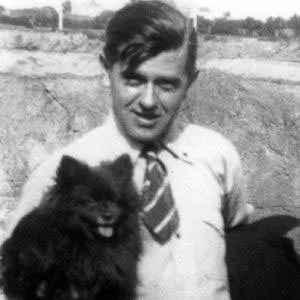
#2 HIS MOTHER COMMITTED SUICIDE WHEN HE WAS THIRTEEN
Rene’s mother Regina Magritte suffered from long bouts of depression and attempted to take her life on a number of occasions over the years. This made her husband lock her into her bedroom. However, she escaped and went missing for a number of days. Regina committed suicide by drowning herself in River Sambre on 12 March 1912. When her body was retrieved from the river her nightgown was covering her face. The incident had a deep impact on the 13 year old Rene and he would later use the image of cloth obscuring the faces of people in several of his paintings.
#3 GEORGETTE BERGER WAS HIS MUSE, MODEL AND WIFE
In 1913, the Magritte family moved to Charleroi. The same year Rene met Georgette Berger, daughter of a butcher, at the town fair. Later Georgette became Magritte’s model and muse and they married in June 1922. In 1936, Rene began an affair with a young artist, Sheila Legg. To prevent his wife from finding out about the affair, Magritte arranged for his friend, Paul Colinet, to entertain and distract his wife. However this led to an affair between his wife and Colinet. Georgette even asked for a divorce at one point. Magritte reconciled with Georgette in 1940 and they remained together till his death.
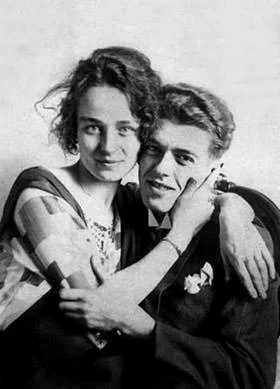
#4 HIS EARLY WORKS WERE IMPRESSIONISTIC AND CUBIST
Magritte’s earliest paintings, which date from about 1915, were Impressionistic in style. He studied at the art school Académie Royale des Beaux-Arts in Brussels from 1916 to 1918. Here Magritte was exposed to emerging artistic styles such as cubism and futurism, which would influence his works for the following years. Magritte initially worked as a designer for a wallpaper factory and made posters for advertisements to support himself. A Brussels art gallery, Galerie ‘Le Centaure’, signed a contract with him in 1926 making it possible for him to become a full-time painter.
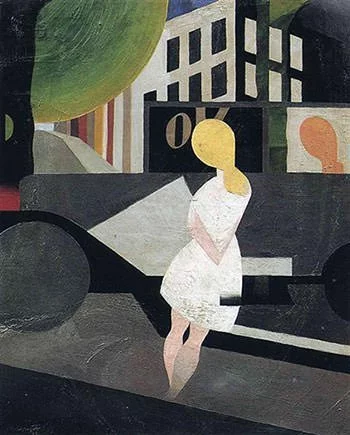
#5 HIS FIRST SURREAL PAINTING IS THE LOST JOCKEY
In 1926, Rene Magritte created his first surreal painting, The Lost Jockey. The following year his first solo exhibition was held at the Galerie le Centaure in Brussels. It was not well received by art critics of the time and Magritte decided to leave his native Belgium for Paris, where he stayed for three years. In Paris, Magritte met and befriended several of the leading artists of the Surrealism movement including writer André Breton. He produced several of his masterpieces during this period including The Lovers and The Treachery of Images. However financial success still eluded him and he returned to Brussels in 1930, which remained the place of his permanent residence for the rest of his life.
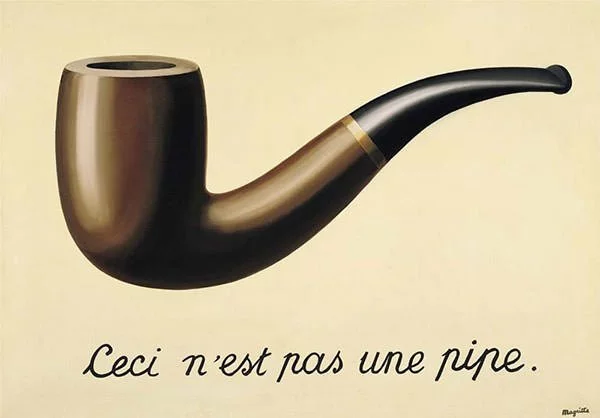
#6 WORLD WAR I LED TO MAGRITTE’S RENOIR PERIOD
The advent of the Second World War led to the German occupation of Belgium in May 1940. Magritte decided to stay in Brussels which caused a split between him and André Breton. Due to the alienation and abandonment he faced while living in German-occupied Belgium, Magritte moved away from surrealism and adopted a more colorful and impressionistic technique. His works from this period, known as the “Renoir Period”, are not considered very successful by art historians. After the war, Magritte shed the impressionistic influence in his works and returned to his favored surrealist style.

#7 HE MIGHT HAVE PRODUCED FORGERIES OF PAINTINGS
Marcel Mariën was a Belgian surrealist and a close friend of Rene Magritte. According to him Magritte made money by producing and selling forgeries of works by Picasso, Titian, Max Ernst, Giorgio de Chirico and Meindert Hobbema. This was at a time of economic hardship in Belgium during the Nazi occupation and the period following it. Also there are two identical paintings by Magritte from the same time which are titled The Flavour of Tears. It is believed that Magritte created duplicate versions of the painting as there were two collectors who were showing interest in the artwork.
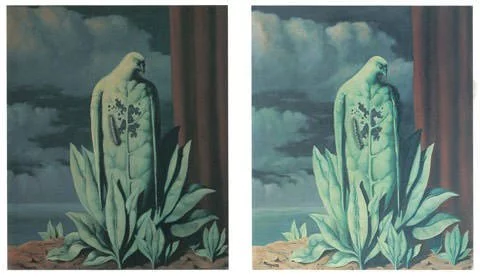
#8 HE ROSE TO INTERNATIONAL PROMINENCE DURING THE 1950S
It was in the 1950s that Rene Magritte first enjoyed prolonged financial success and his quality of life improved. There was international interest in his enigmatic and illogical images and his reputation soared making him one of the most renowned Surrealist artists. He received several commissions and there were major exhibitions of his work in Brussels and New York. Important paintings from this period of his work include Golconda, The Glass Key and The Son of Man.
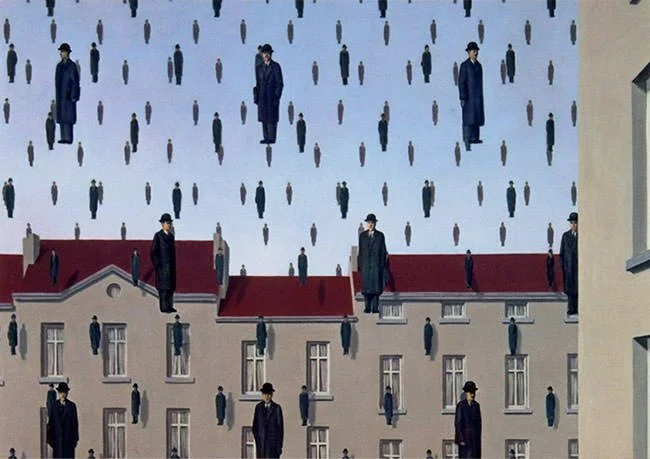
#9 RENE MAGRITTE WAS A COMMUNIST AND AGNOSTIC
Magritte’s reputation continued to rise in the 1960s. During this time, he also explored other media. His works in other media include a series of short films that featured his wife Georgette and works in sculpture. In 1963, Rene Magritte was diagnosed with pancreatic cancer. He died of the disease at the age of 68 on 15th August 1967. Magritte’s political views aligned with the left and he had close ties with the Communist Party of Belgium. Religiously he was an agnostic, i.e. he believed that existence of God couldn’t be proven.
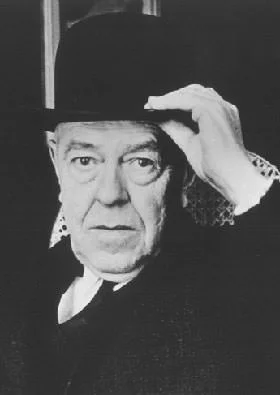
#10 HIS WORKS INFLUENCED POP AND CONCEPTUAL ART
Rene Magritte’s art is most famous for making the viewer see an ordinary object in an unusual context thus giving the familiar object a new meaning. He also created surrealist versions of famous paintings. His work influenced pop, minimalist and conceptual art. Famous artists influenced by his art include leading American Pop artists Andy Warhol and Jasper Johns; and renowned German Conceptual artist Martin Kippenberger. After his death, Magritte’s art has been frequently adapted or plagiarized in advertisements, posters, book covers and the like. He remains one of the most renowned Surrealist artists.

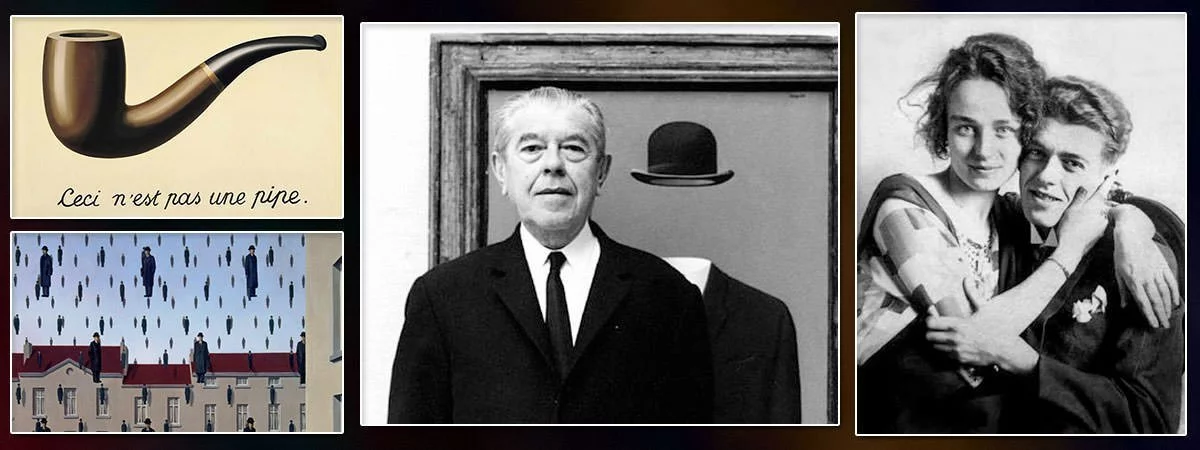
Were is the source?
Hi Bob, we currently don’t provide the sources. However, if you search for the facts on the net, you will definitely get to the article/research paper from which the facts are taken.
you need more facts about rene!!!!!